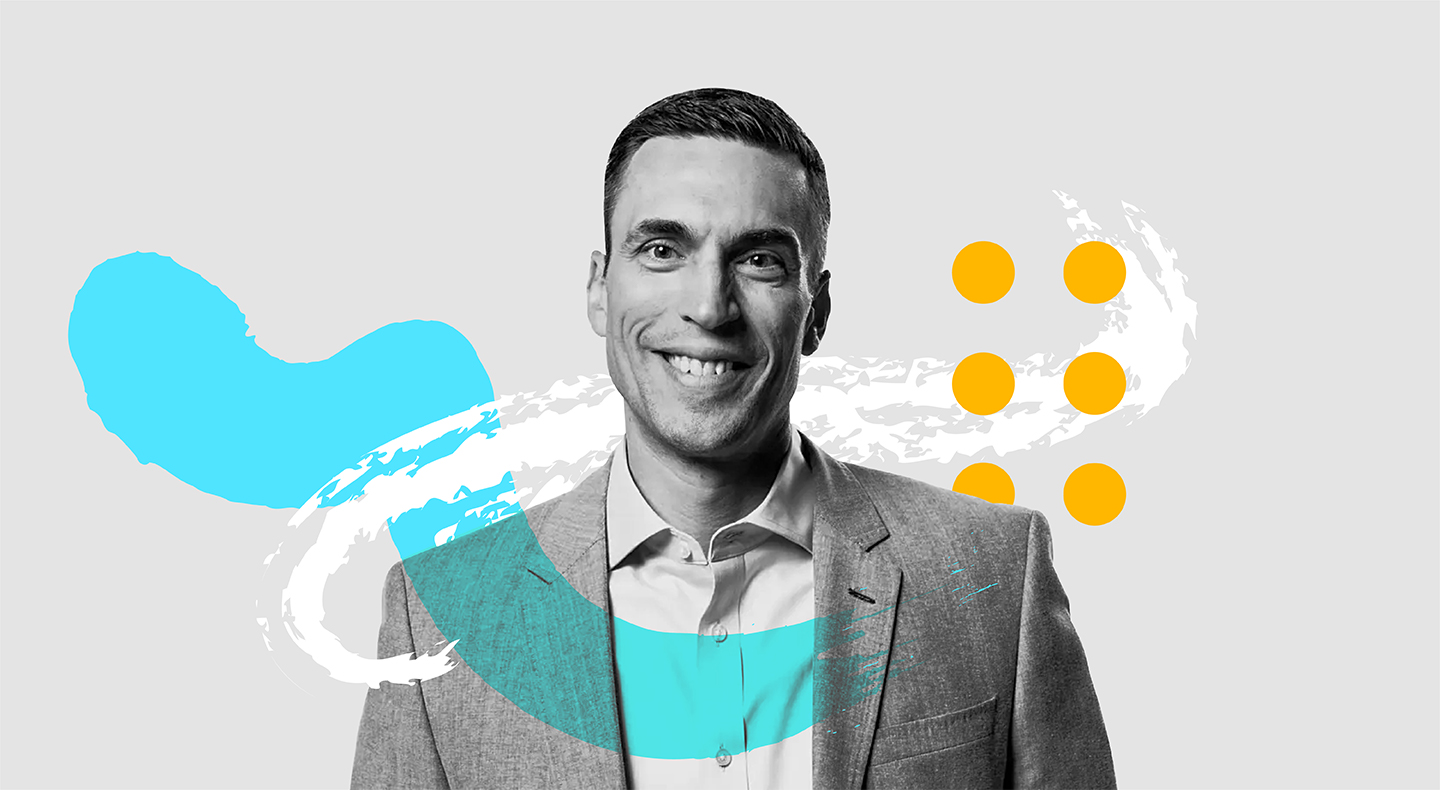In the debut episode of WorkLab’s new podcast, Microsoft 365 and Microsoft Teams leader Jared Spataro talks to the show’s host, Elise Hu, about this unprecedented moment. To set the stage, he talks about the company’s Work Trend Index, which surveyed more than 30,000 people across 31 countries and revealed that 73 percent of respondents would like for the flexibility they’ve experienced during this period to continue. The hybrid work paradox? At the same time, 67 percent say they want more in-person time with colleagues too.
It turns out that flexibility isn’t the only thing on employees’ minds—they’re also considering big changes. Spataro discusses how people are thinking hard about where, how, and why they work, and questioning if their values align with their current employer. We are clearly in the midst of a Great Reshuffle, Spataro says, and data from LinkedIn backs this up. Some 41 percent of global survey respondents said they anticipated changing employers in the next year.
The first season of the WorkLab podcast will focus on hybrid work. Paramount to getting the best of the in-person and remote experiences that hybrid offers will be building a culture together, Spataro says, and providing the necessary technology.
Also on this episode: Microsoft chief scientist Jaime Teevan talks with correspondent Mary Melton about some surprising—and actionable—findings on remote meetings. What can we learn from the remote experience to carry forward into our new ways of working together?
You can follow the show on Apple Podcasts, Spotify, or wherever you get your podcasts.
Here’s a transcript of the Episode 1 conversation.
73%: The Hybrid Work Paradox
Elise Hu (Host), Jared Spataro (Guest), Jaime Teevan (Guest), Mary Melton (Correspondent)
[Music]


